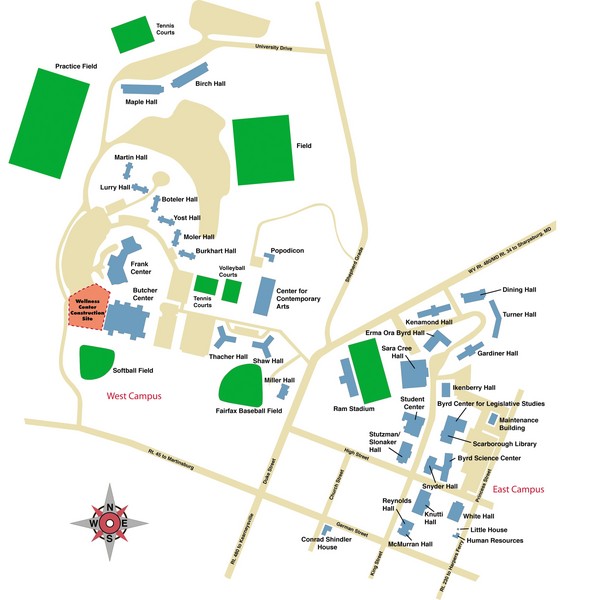

What changes are you planning for the department? The “more” is that we actually design engineered infrastructure - built and natural - systems for people. We’ve showcased that we make concrete, we design and build roads, and manage engineering solutions for our water resources, but we do so much more. Both civil and environmental engineering have always done that, but we haven’t been as successful in showcasing the human-centered impact of what we do. So that includes the design and management of smart and sustainable infrastructure systems, both of which are oriented towards people. But my hope for the future is that we rebrand or re-image what civil and environmental engineering looks like.Ĭivil engineering is evolving to adapt to modern society. What is your overarching vision for the department?įor me, the core mission of all that we do, both in undergraduate education and graduate research, is educate leaders in civil and environmental engineering. I hope to keep fostering these kinds of projects to strengthen our department and gain more national recognition in the work that we do.

We have new faculty building exciting research programs around the built and natural environment, but we also have senior faculty working on large-scale grand challenges that cross disciplines and leverage interdisciplinary collaborations within the school and beyond. I view this as a service role more than anything else and that service plays out by elevating the profiles of others. We have some outstanding scholars in this department whom I am very excited to support. Why did you want to lead the Department of Civil and Environmental Engineering? Harris is a professor and chair of the Department of Civil and Environmental Engineering. We asked him about his vision for the future of his department and field.ĭevin K. This is the heart and soul of innovation, and because we have demonstrated our willingness to take strategic risks and grow from the experiences, I am confident that good things are in store for both programs.” “I commend our faculty for trying something new, and for speaking up when they felt the direction needed to change.

“Civil, environmental and systems faculty remain highly committed to UVA’s culture of collegiality and pursuit of ideas, as evidenced by their work together on many projects,” said Jennifer West, dean of the engineering school and the Nancy and Neal Wade Professor of Engineering and Applied Science. The combined department had helped to establish new collaborations and efficiencies in cross-cutting research areas, but the recent change makes clear that UVA is home to distinct, strong research and education programs in the civil and systems disciplines.

When the split became official this year, Harris became chair of the Department of Civil and Environmental Engineering in UVA’s School of Engineering and Applied Science. Harris, a professor of civil engineering, was appointed in a time of transition, following a recent vote by the faculty to split into two departments. Harris was named chair of the Department of Engineering Systems and Environment, which for four years had been the home department of civil and environmental engineering and systems and information engineering at the University of Virginia. Q&A with Department Chair Devin Harris By Jennifer McManamay September 2022 Devin K. Engineering Technologies for a Sustainable and Connected World.Wilson Hall is located between Rouss and Old Cabell Hall. It faces the statue of Homer, and its rear façade overlooks Hospital Drive and Cobb Hall. Rouss Hall is located on the south end of The Lawn, where it sits on the west side of a quadrangle formed with Old Cabell Hall and Cocke Hall. Rouss Hall was substantially expanded in the mid-2000s, with a new 132,000 square foot academic building, Robertson Hall, added at the rear to provide sufficient classroom and office space to house the McIntire School of Commerce, which relocated into the Lawn buildings from Monroe Hall in December 2007. Completed in 1898, it originally housed the Physical Laboratory. One of three buildings, along with Cabell Hall (now Old Cabell Hall) and Cocke Hall, designed by Stanford White of McKim, Mead, and White to replace classroom space lost by the destruction of the Rotunda Annex in 1895, Rouss Hall was named after its principal donor, Charles Broadway Rouss, a New York merchant. Rouss Hall is an academic building on The Lawn at the University of Virginia.


 0 kommentar(er)
0 kommentar(er)
